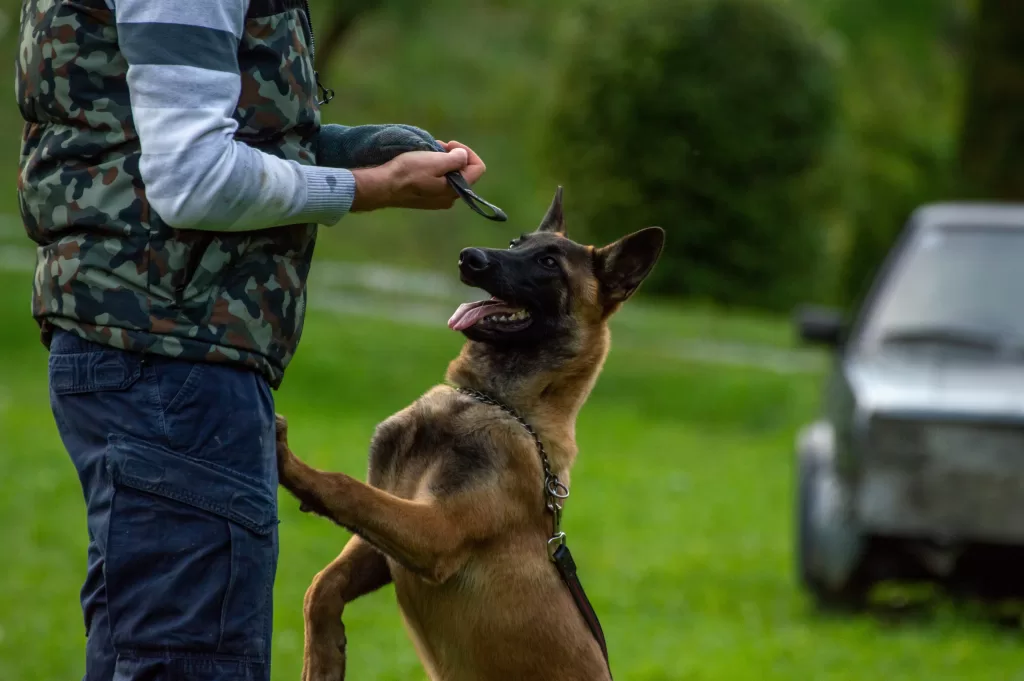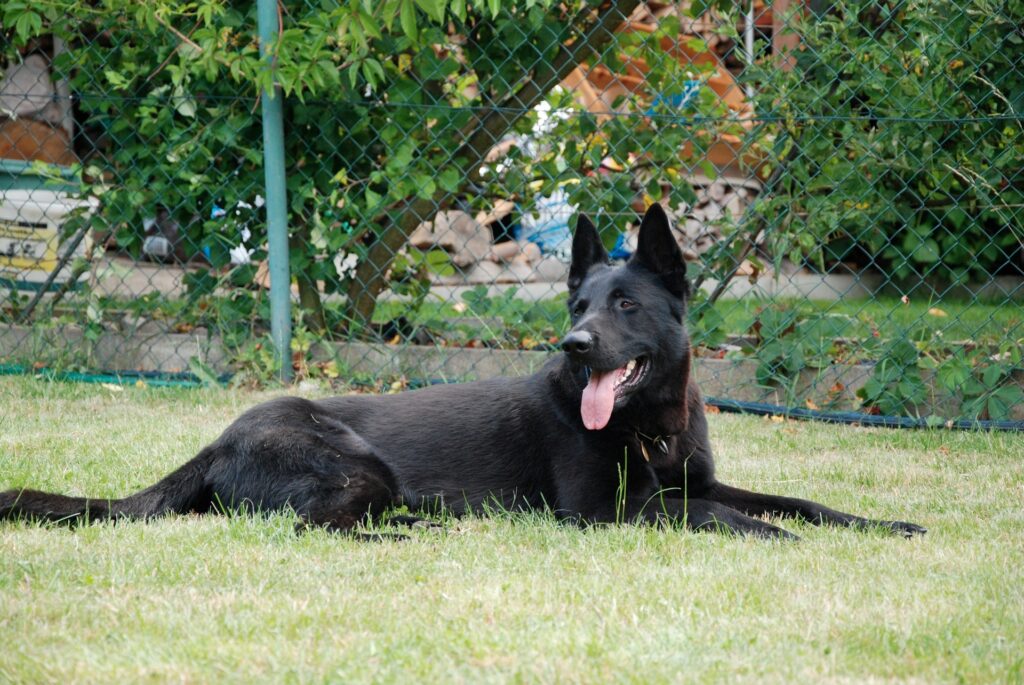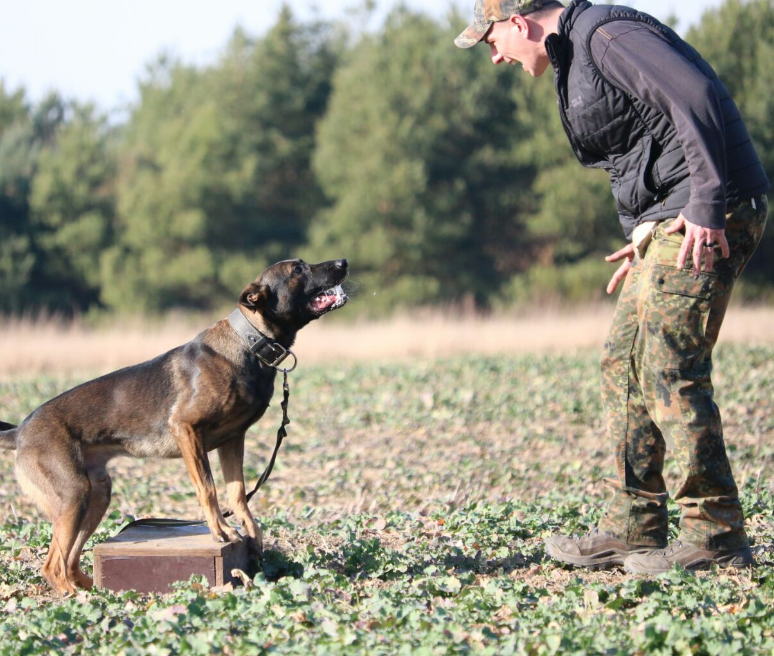
Introduction:
Teaching your dog to come when called is not only a valuable command for their safety but also an essential part of building a strong bond and maintaining control. Whether you’re at the park, in your backyard, or on a hiking trail, having a reliable recall command can prevent potential dangers and provide peace of mind. In this blog post, we will guide you through effective techniques to teach your dog to come when called, ensuring a solid recall response and a harmonious relationship.
Establish Positive Associations:
To begin the training process, it’s important to create positive associations with the command and your dog’s name. Use a cheerful tone of voice when saying your dog’s name or the recall command, such as “come” or “here.” Pair the command with treats, praise, and affection to make it a rewarding experience for your dog. This will help them associate the recall command with positive outcomes and motivate them to respond eagerly.
Start Indoors or in a Fenced Area:
Begin practicing the recall command in a controlled environment such as your home or a securely fenced area. This allows you to minimize distractions and set your dog up for success. Call your dog’s name or use the recall command, and when they come to you, reward them generously with treats and praise. Repeat this exercise several times, gradually increasing the distance between you and your dog.
Use a Long Leash:
Once your dog is responding reliably indoors or in a fenced area, it’s time to introduce the recall command in a more open space. Attach a long training leash (10-20 feet) to your dog’s collar or harness. Allow your dog to explore and move away from you while holding onto the leash. Call their name or use the recall command, and gently guide them towards you using the leash. Reward them with treats and praise when they reach you.
Practice in Low Distraction Environments:
When working on the recall command in outdoor environments, start in areas with minimal distractions. Gradually increase the level of distractions as your dog becomes more reliable in their response. Practice in different locations, gradually adding distractions such as other dogs, people, or toys. Maintain a positive and rewarding atmosphere, and always celebrate your dog’s successful recalls.
Avoid Punishment or Negative Associations:
Never punish or scold your dog when they come to you after you’ve called them. This can create negative associations with the recall command and make them hesitant or reluctant to respond in the future. Always reward your dog for coming to you, even if it took them longer than expected. Positive reinforcement builds trust and encourages a consistent and reliable recall response.
Use High-Value Rewards:
To increase the motivation for your dog to come when called, use high-value rewards during training sessions. These can include their favorite treats, a special toy, or even playtime. By using rewards that are highly enticing to your dog, you strengthen their desire to respond promptly to the recall command.
Gradually Remove the Leash:
Once your dog consistently responds to the recall command while on a leash, it’s time to practice off-leash recalls in safe and enclosed areas. Start in a familiar and secure environment, such as a quiet park or a fenced backyard. Continue using high-value rewards and practice calling your dog to come. Gradually increase the distance between you and your dog, always rewarding them generously when they reach you.
Reinforce the Recall Command Regularly:
Even after your dog has mastered the recall command, it’s important to reinforce it regularly to maintain their response. Incorporate recall exercises into your daily routine and continue rewarding your dog for coming when called. This helps to solidify the behavior and ensures that your dog remains responsive over time.
Consider Advanced Training:
For dogs who struggle with distractions or have a more independent nature, advanced training techniques may be necessary. Professional dog trainers can provide guidance on specific techniques, such as proofing the recall command in increasingly distracting environments or using remote training devices. Seeking professional help can enhance the reliability of your dog’s recall response and address any specific challenges you may encounter.
Be Patient and Consistent:
Teaching your dog to come when called requires patience, consistency, and dedication. Each dog learns at their own pace, so it’s important to be patient throughout the training process. Stay consistent with your training methods, rewards, and expectations. Remember that reinforcement and practice are key to achieving a reliable recall response.
Conclusion:
Teaching your dog to come when called is a fundamental command that enhances their safety, allows for off-leash freedom, and strengthens the bond between you and your canine companion. By following the techniques outlined in this blog post, including positive associations, gradual progression, high-value rewards, and regular reinforcement, you can train your dog to respond reliably to the recall command. Remember to be patient, consistent, and tailor your training to your dog’s individual needs. With time, practice, and a positive approach, you’ll enjoy the confidence and joy of having a dog that comes when called, ensuring enjoyable outings and a stronger connection.


